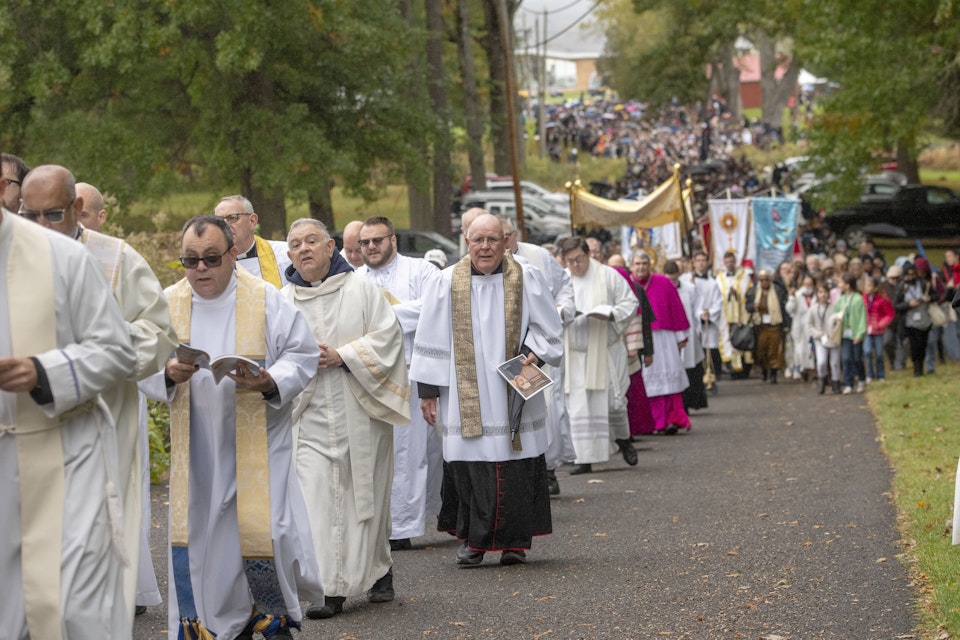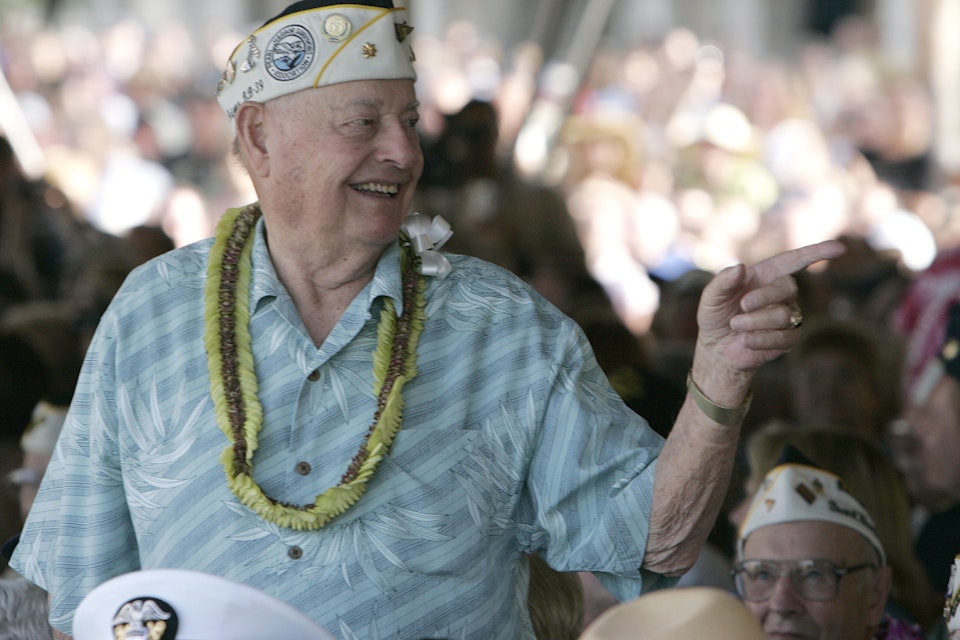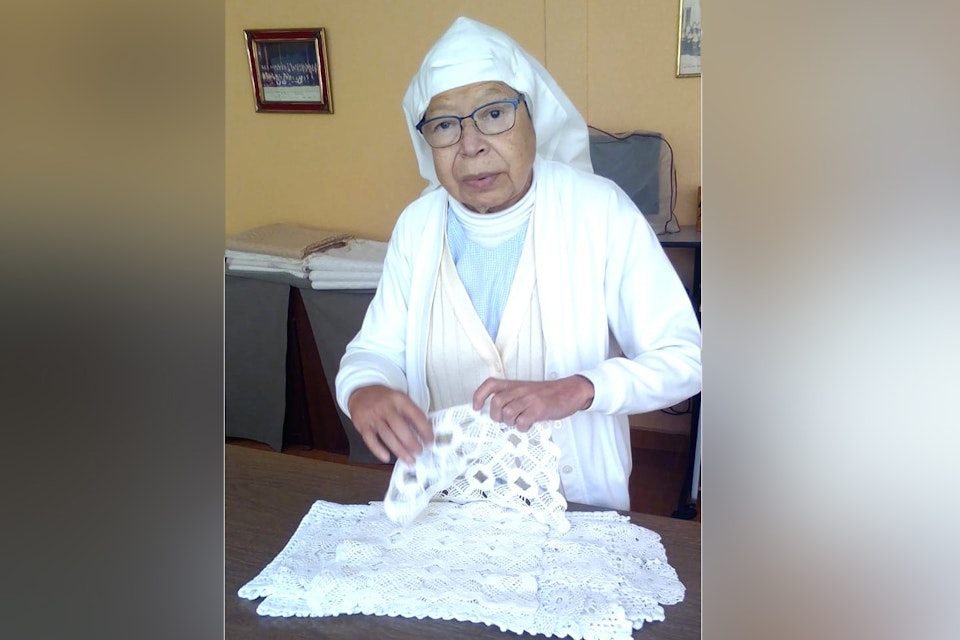As things stand now, education and athletics don’t mix.
If, as athletic directors, coaches and school officials maintain, the football field, basketball court, soccer field or baseball diamond is a classroom — one where sportsmanship is taught — class is in session only briefly before the national anthem.
Once the whistle blows, chaos erupts in the classroom. Spectators, coaches, players and cheerleaders become a chorus berating officials, their opponents, even their own team.
Understand, not everyone is hooting and hollering. Just a very vocal minority.
Observing, benumbed, this tumultuous state of affairs is the athletic director, the administrator of this supposed educational athletic event. In particular, the AD is dismayed at the behavior of parents.
Steve Graf, athletic director at Bloomfield Hills Cranbrook Kingswood, and Shane Finney, associate athletic director and boys varsity basketball coach at Cranbrook, led the discussion on this very topic during a four-day leadership training conference titled “Current Issues in American Sports” sponsored a month ago in Traverse City by the Michigan Interscholastic Athletics Administrators Association.
Some 500 athletic directors, administrators and league officials from around the state had their pick of wide-ranging subjects that cover the gamut of an athletic director’s purview, such as organizational management, liability for sports injuries, employment and labor law, social media, sexual harassment, security, and professional growth.
“Our plate is full,” Graf said, something that every AD could say. There are the normal expectations: scheduling, facilities, budgets, hiring coaches (and on this point, Graf said, he has nine vacancies to fill, caused by a combination of retirements and not retaining some), and finding time to accomplish everything that needs to be done.
Then, there are the parents and their expectations.
Between them, Graf and Finney have more than five decades of coaching and administration experience on both collegiate and high school levels. They have found most parents are supportive of their children’s participation in athletics and understand its importance in their children’s maturity.
“There was a time,” Graf said, “when a child complained to his parents about not getting enough playing time, the parents told him to tough it out, to try harder.
“Today, parents don’t talk to the coach, or even the AD, but go right up the food chain to administration.”
What has changed that parents have become more challenging and problematic?
They reflect a society that has become less civil, more assertive. Athletics is the most visible part of education. The unrelenting quest for the elusive scholarship. The investment parents make in personal trainers, private coaches, and summer camps.
“Parents have changed from being the helicopter, hovering over their kids, getting involved in even the smallest detail,” Graf said.
“Now they are snowplowing for their kids, making the path clear of any obstacles, trying to solve problems rather than allowing the kids to develop their skills. This is not good for the child’s emotional health.
“Resiliency. That’s what’s important,” Graf went on. “Let them play, let them fail. Let them manage failure. It’s a journey. It’s not about winning. If we win a championship, that’s gravy. We (athletic administrators) want to be a part of that journey, to help with the speed bumps they’ll come across.”
“Getting back to educational athletics is a real challenge,” Graf said. But how?Some suggestions:
- Hold pre-season parent meetings with coaches covering team rules, criteria for selecting the roster, and expectations for parents and athletes. Publish a handbook.
- A contract for parents of athletes that would outline the expectations of both the school and parents for proper conduct and support. Three items would never be discussed with a parent: playing time, other athletes, and coaches and their strategies or techniques.
- One provision in the contract would require “appropriate behavior” at athletic events under penalty of being asked to leave the event or perhaps being prohibited from attending all together.
- Post information on the school website. Publish newsletters. Distribute handouts and notices. Use public announcements at events.
- Enlist the help of the Booster Club to promote parental participation.
About the crude behavior at games, the Michigan High School Athletic Association cites a national survey showing that “more than 75 percent of all high school officials say ‘adult behavior’ is the primary reason they quit. And 80 percent of all young officials hang up their stripes after just two years ... They don’t need (the) abuse.”
The effect is creating a shortage of registered high school officials in the state.
What about the athletic director in the midst of all of this?
“We’re affected, too,” Graf said. “We have to find balance in our lives.”
Don’t we all?
By the way, other CHSL personnel were part of the MIAAA conference agenda:
Brian Hassler, Madison Heights Bishop Foley athletic director, presided at a session, “E-Sports: Debunking the Myth.” Matt Mooney, E-Sports coach at Dearborn Divine Child, was one of the speakers at this session.
Mike Evoy, CHSL associate director, spoke at the session on “Sponsorships That Work.”
Garrett Simpson, Divine Child athletic director, presided at a session on “CCMA: Process, Projects and Oral Presentations.” Meg Seng, Ann Arbor Greenhills AD, was a speaker on the topic.
Contact Don Horkey at [email protected].










